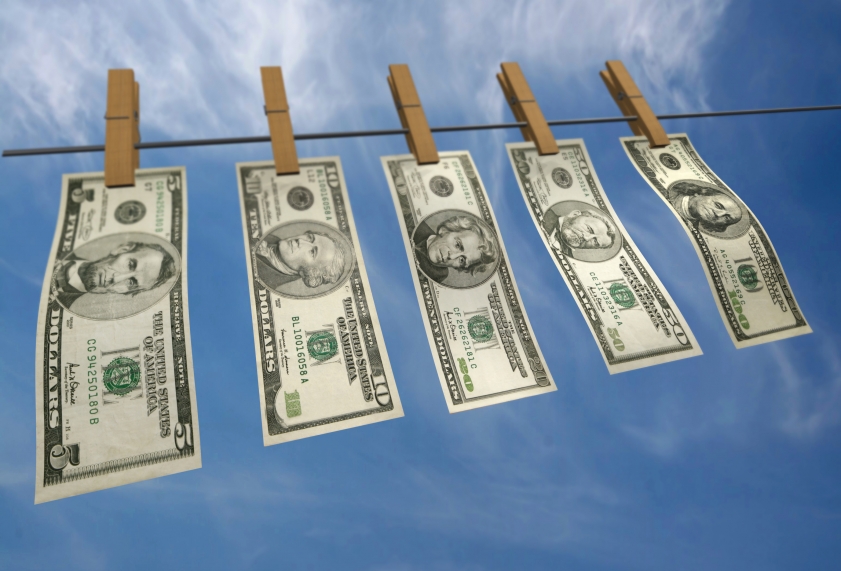The housing market, casinos, concert halls, and the livestock sector are all used to launder money in Central American countries.
Excerpted from the report “International Narcotics Control Strategy Report, Volume II, Money Laundering and Financial Crimes” by the US State Department:
Costa Rica
Transnational criminal organizations continue to favor Costa Rica as a base to commit financial crimes due to its location and limited enforcement capability. Costa Rica’s government has attempted to strengthen the legal framework for supervision and enforcement; however, challenges remain in mitigating money laundering risks. Costa Rica is a transit point that is also increasingly used as an operations base for narcotics trafficking; and significant laundering of proceeds from illicit activities continues. Costa Rica should continue to close financial crimes legislative gaps and allocate resources for investigation and prosecution.
Guatemala
Illicit funds come from various sources, with drug trafficking only one among them. Others include institutional corruption, extortion, human trafficking, commerce of other illicit goods, and tax evasion. Money is most notably laundered through real estate transactions, ranching, the concert business, and the gaming industry. It is also laundered through serial small transactions below the $10,000 reporting requirement, either in small banks along the Guatemala-Mexico border, or by travelers carrying cash to other countries. Guatemala does not currently prohibit structuring of deposits to avoid reporting requirements. Authorities are increasingly effective in conducting sound investigations of financial crimes, with the limitations noted above. Guatemalan investigations still face political headwinds with rampant corruption at all levels of government, both elected and within the existing bureaucracies, the latter often tied to low pay and traditional practices to supplement income. In both cases, improved transparency, increased professionalism, and ongoing efforts to investigate and eliminate corruption are making a difference.
Panama
Money laundered in Panama primarily comes from drug trafficking proceeds due to its location along major trafficking routes. Numerous factors hinder the fight against money laundering, including the need for increased collaboration among government agencies, inexperience with money laundering investigations and prosecutions, tipping off of criminals, inconsistent enforcement of laws and regulations, corruption, and an under-resourced judicial system. Criminals launder money via bulk cash smuggling and trade at airports, seaports, and the FTZs, and through shell companies, which exploit regulatory gaps. Criminals also use the formal banking system to hide and move the proceeds of illicit activity. Panama has 18 FTZs, including the Colon Free Zone (CFZ), the second-largest FTZ in the world. Bulk cash is easily introduced into the country by declaring it is for use in the CFZ, but no official verification process exists to confirm its end use in lawful business in the zone.
El Salvador
According to authorities, organized crime groups launder money through the use of banks, front companies, parking lots, travel agencies, remittances, the import and export of goods, and cargo transportation. Illicit activity includes the use of smurfing operations, whereby small amounts of money are deposited or transferred in a specific pattern to avoid detection by government authorities. In addition, increased oversight of regional financial institutions have caused money laundering activities to increase in countries with less robust and developed regulatory oversight, including El Salvador. The large informal sector also creates vulnerabilities for El Salvador because it creates challenges for AML supervision.
Honduras
Money laundering in Honduras derives from both domestic and foreign criminal activity. Honduras’ geographic location makes it an ideal haven for transnational organized crime groups, including human and drug trafficking organizations. The majority of proceeds are suspected to be controlled by local drug trafficking organizations and transnational organized crime syndicates. A significant amount of laundered proceeds passes directly through the formal banking system. Money laundering also occurs to an increasing extent in the non-financial sector. Law enforcement has detected large-scale money laundering activities in the automobile and real estate sectors and, to a lesser extent, in remittance companies, currency exchange houses, the construction sector, and many other kinds of businesses. Another area of vulnerability is the legality of bearer shares, which present a significant money laundering challenge. Additionally, TBML is a growing problem.
See full report “International Narcotics Control Strategy Report, Volume II, Money Laundering and Financial Crimes” by the US Department of State.
